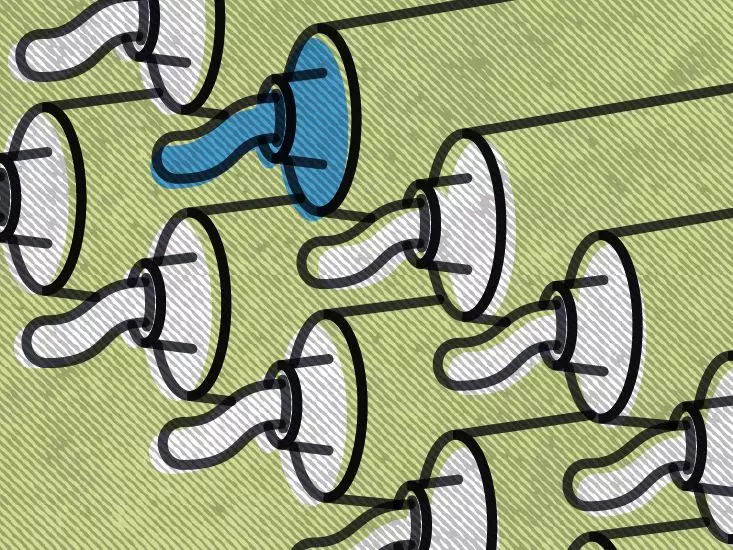Estrace, a medication composed primarily of estradiol, serves as a vital hormone therapy for various medical conditions, particularly those related to menopause and hormone imbalances. Like many medications, the cost associated with Estrace can significantly fluctuate, influenced by a myriad of factors. Understanding these dynamics is crucial for patients seeking to navigate their healthcare expenses effectively. This article delves into how the price of Estrace varies, the role of insurance, alternative options, and strategies for financial savings.
The price you pay for Estrace may not solely depend on the medication itself; numerous interconnected factors come into play. Firstly, your specific treatment plan can dictate the quantity and form of medication prescribed. Whether you are using Estrace cream, generic estradiol, or other formulations will impact the overall cost. In comparison to tablets, creams, gels, or patches may have differing price points.
Additionally, the pharmacy you choose plays a significant role in determining the cost. Each retailer may set different prices, and location-specific variations can lead to dramatic differences in what you end up paying out of pocket. For those uninsured or on limited incomes, utilizing pharmacies that offer competitive pricing can lead to significant savings.
One pervasive issue regarding the pricing of medications is the distinction between brand-name and generic drugs. Estrace has an available generic version known as estradiol, which is often more economical. Generic medications are considered equally safe and effective as their brand-name counterparts, thanks to stringent regulatory measures. However, patients should engage in discussions with their healthcare providers about the appropriateness of switching to the generic option, given that not all prescriptions may be interchangeable or equally effective for specific individuals.
It’s important to verify coverage details with insurance providers to see if there’s a preference or financial incentive associated with choosing the generic over the brand-name version.
Insurance can be a double-edged sword when managing medication costs. For those with health insurance, the amount out of pocket will depend not only on your plan’s specific benefits but also on factors such as potential prior authorization needs. This means your insurance company must approve the medication as a medically necessary treatment before coverage kicks in. If patients start their treatment without receiving this approval, they risk incurring full charges.
Conversely, using insurance can lead to lower costs when coverage is confirmed; nevertheless, varying insurance plans can create bewildering challenges in understanding potential out-of-pocket expenses.
Fortunately, there are several strategies that patients can employ to reduce costs. One method involves leveraging available savings programs and coupons, such as those provided by Optum Perks. These coupons can lead to substantial savings, sometimes as much as 80%, when presented at participating pharmacies—especially useful for those without insurance.
Mail-order pharmacies increasingly represent an alternative avenue for acquiring medications, especially for those requiring long-term treatment. Often, these services can offer reduced pricing and the convenience of not needing to visit a pharmacy physically. Exploring your medication’s availability and potential discounts through such channels can yield significant savings.
Patients lacking insurance options may also turn to specific assistance programs tailored to aid with medication costs. The Allergan Patient Assistance Program, for example, is designed to provide support amidst financial constraints.
Several websites and organizations offer helpful information about financial assistance options and drug savings programs, which can be essential for patients facing high prescription costs. Engaging in proactive research can empower patients with the knowledge and resources required to minimize their financial burdens effectively.
Accordingly, consulting healthcare providers about the most financially viable versions of necessary medications might also bring beneficial insights to tailor a cost-effective treatment plan truly.
Navigating the complexities of medication pricing, particularly for Estrace, demands both awareness and proactive engagement. By understanding the factors that influence costs, weighing the pros and cons of generics versus brand-name medications, and exploring available resources and savings mechanisms, patients can take significant strides in managing their healthcare expenses. Furthermore, effective communication with healthcare professionals and insurance providers is essential to ensure a seamless treatment experience within the financial framework one can afford. As medicine becomes increasingly accessible, understanding its costs will ultimately enhance patient experiences and outcomes.

